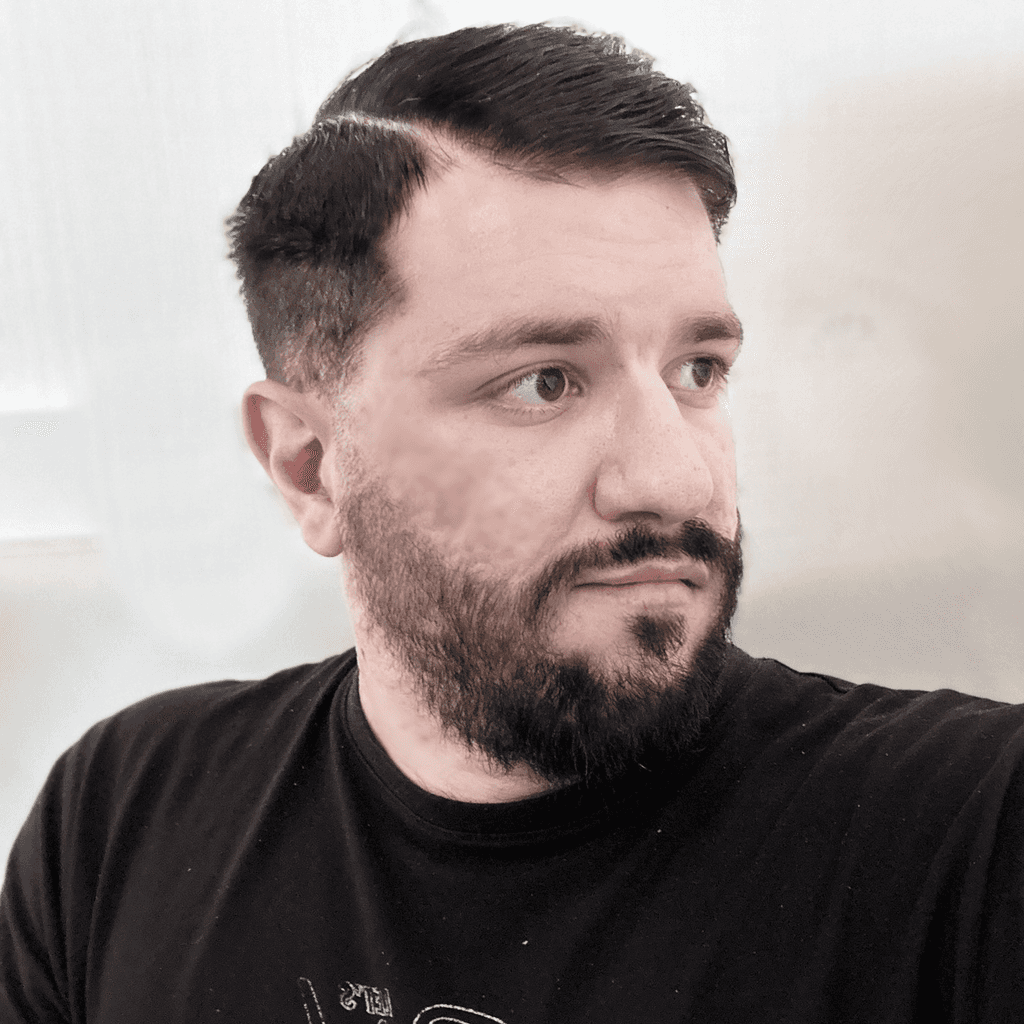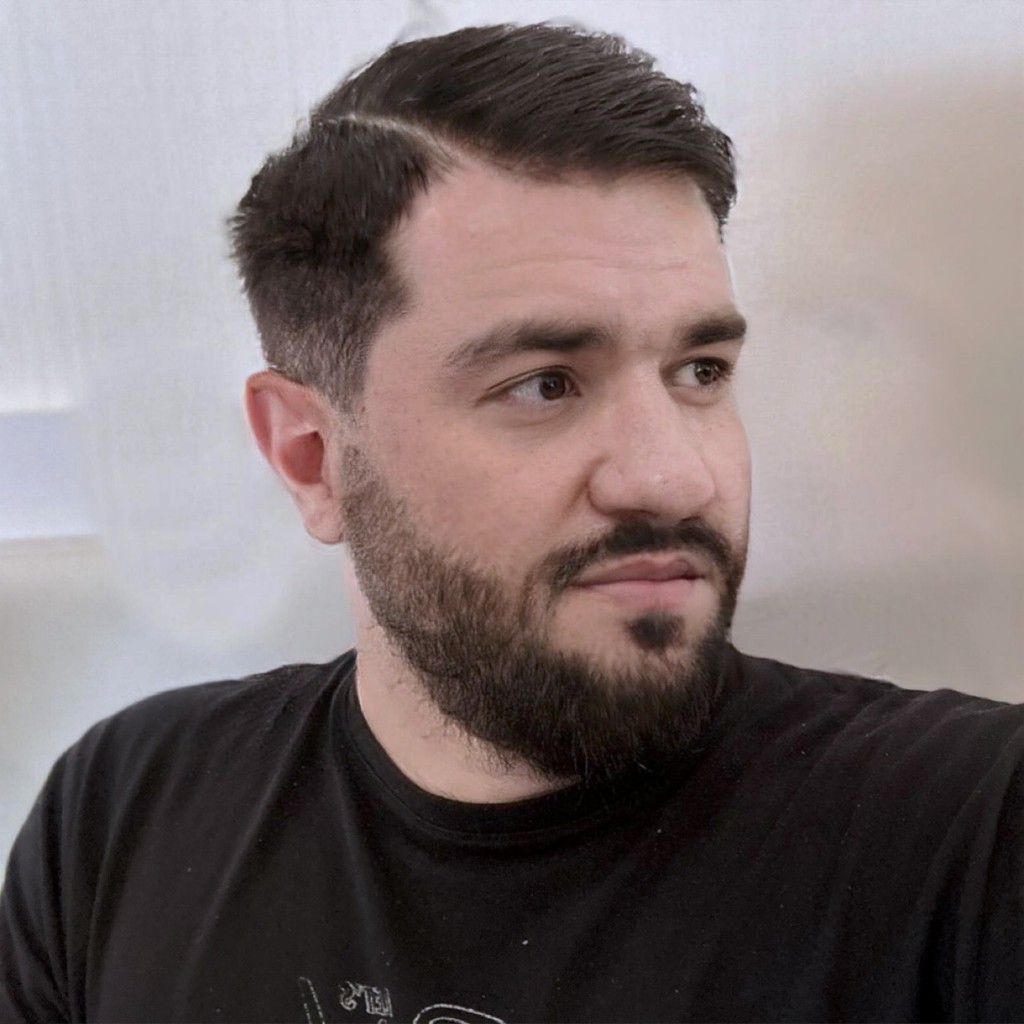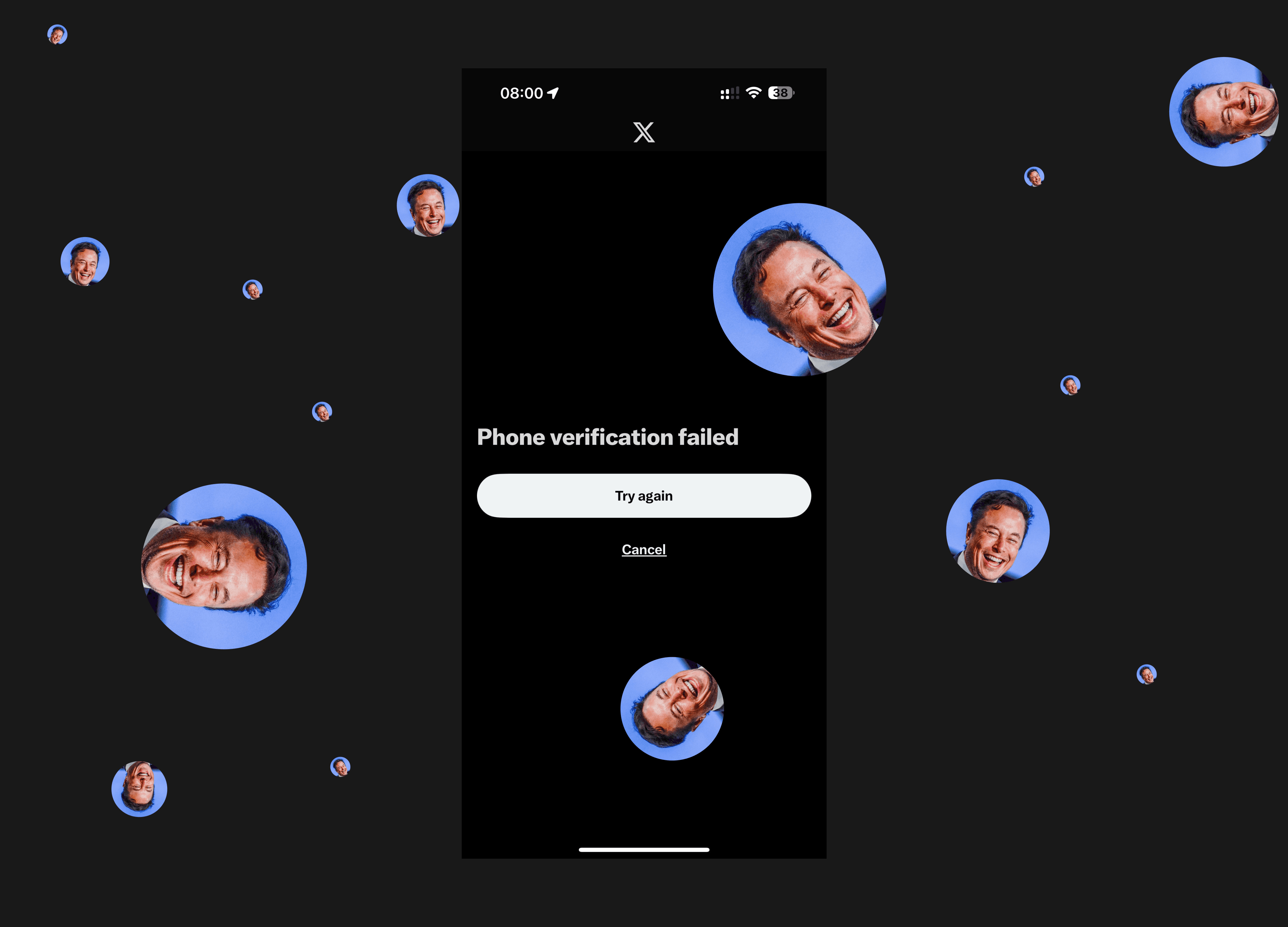Tips for Junior Designers: Kickstarting a Successful Career
How to get started and what mistakes to dodge: If you're thinking about jumping into a design career, these are the tips I wish I'd had when I first thought, "I want to be a designer"
Riccardo Marconato
Aug 25, 2023
Don't pause your Design Process
Back in the day, I'd often take breaks from designing to spend hours checking out and chatting about other people's work. By diving into the industry and looking at the portfolios of well-known designers and famous design studios, I honed my taste. But I quickly figured out that becoming a pro at design takes practice, and it's a long road.
If you want to get good, my advice is simple: keep designing. Open up Figma or whatever design tool you like and start creating. That's really all there is to it.
Try to always be in design mode. Design isn't just about artistic expression; it's about solving problems. Push yourself to find better solutions with each project and aim to outdo your previous work. To get better, I studied and recreated the works of industry leaders and practiced like crazy.
Just saying "I can do it" isn't enough. It's easy to critique a finished design. Instead, dive into the design process. It was through nonstop creating that I really grew as a designer.
Preserve Your Progress
Deleting designs makes me uneasy. Once they're gone, they're gone. The idea of starting fresh by ditching old versions is tempting, but I've learned it can trap you in a cycle. After weeks of hard work, when I had to show progress to a client or mentor, I thought showing only the pieces I was proud of was the way to go, but experience taught me differently. Now, I love having a "wall of inspiration" that shows off various designs, trials, and efforts. It guides me for future projects.
Archiving instead of deleting works better for me. Keeping a record lets me revisit and learn from my past designs. Treating each design as a basic version (Minimum Viable Product) encourages continuous growth instead of tossing everything out.
My archived designs tell the story of my creative journey—a mix of successes, trials, mistakes, and experiments. They mark my evolution, style changes, and skill enhancement, forming key landmarks in my growth.
Connect with Design Community
Networking can really boost your design career. While it’s easy to stick to familiar circles, expanding your presence on platforms like LinkedIn, X, Dribbble, and Behance can bring loads of benefits. Plus, going to design events around the world introduces you to fresh ideas and valuable connections.
Being consistent in creating is just as important as admiring others' work. Some folks find it tough to create even though they love great designs, so staying active and proactive is key. Joining communities like Figma has given me some great insights. Make sure your environment supports constructive growth.
X is an especially lively place for designers. It’s not just about showing off your work, but also sharing cool ideas. Being active on platforms like X and LinkedIn, and sharing your portfolio on sites like Behance and Dribbble, can really boost your job prospects.
Making genuine connections in the design world can lead to awesome job opportunities.
Embrace Deadlines
I've realized how crucial it is to stick to deadlines. When I set a timeframe for a project, I commit to it, whether the result is groundbreaking or not. For me, finishing tasks on time is key. Leaving projects unfinished and just sitting at the starting line is the worst.
When I'm up against a tight deadline, I've found a great strategy: I split the time up and start sketching something, then I just duplicate and refine it as I go. Staring at a blank page gets me nowhere. I always remind myself not to stay stuck because the deadline is coming up fast.
Don't get stuck with your Portfolio
As a designer, striving for a perfect portfolio can really slow you down. Waiting for those "perfect" projects might just hold you back. Instead, set a clear deadline for yourself and stick to it. Consistently work to showcase your skills. Here's a little secret from the design world: no portfolio ever feels 'perfect' to its creator.
Don't spend too much time overthinking. Focus on each section, then move on. Think of your first release as version 1.0—it's a work in progress. As you gain more experience, keep updating and refining it to versions 1.1, 2.0, and so on.
Having a portfolio gives you a base. As you grow, it becomes easier to build on that foundation, improving your presentation and showing your journey in the design world.
Showcase your Work
How do you start taking on projects when you don't have anything to showcase? Working for free just for exposure or to fill up your portfolio isn't worth it and can cause issues.
As I said before, having a portfolio is crucial, even if it doesn't include client work. Here are some steps you can take to build up a portfolio without prior projects:
Personal Projects
Dive into designs that ignite your passion, like apps for your hobbies or websites for local businesses. They show your skills and enthusiasm, even without real clients.
Redesign Existing Products
Give a popular product's design a fresh look. Explain your choices and the problems you're addressing, showcasing your analytical and creative skills.
Explore New Concepts
Dream up and design a new product or service, like futuristic transport or a unique social platform. It highlights your visionary abilities.
Design Challenges
Get involved in online design prompts. They demonstrate your adaptability and quick problem-solving in various scenarios.
Collaborate and Connect
Work with peers on projects. This not only builds your portfolio but also emphasizes team dynamics, which are crucial in design roles.
Volunteer Work
Offer your design skills to non-profits or charities. It's a win-win: they get high-quality design, and you enhance your portfolio. Just make sure to set clear project boundaries to avoid excessive demands.
Your personal touch and unique experiences will make your portfolio stand out. By following these steps, you can create a portfolio that showcases your true potential and opens doors to exciting design opportunities.
The Impostor Syndrome
Feeling like you're not good enough in design, also known as impostor syndrome, is something many designers deal with—even the seasoned ones. Design is subjective, and self-doubt is pretty common.
If you're always second-guessing your work or feeling like a fraud, remember: the design world is huge, and everyone's path is unique. Those designers you look up to probably appreciate your efforts more than you realize.
Chat with other designers and mentors; they've likely faced the same doubts and can give you some support. As you gain more experience, the unease might not disappear completely, but your confidence will grow along with your portfolio.
If you feel like everyone's judging you, keep in mind that's just a feeling, not reality.
Know when to take a break
Designers, just like everyone else, can hit a wall on a project. Instead of staring at it forever, try mixing it up by switching tasks. Doing something different can clear your head and keep things fresh.
It's not about dodging the main project; it's about not getting stuck. When you come back to your main task, you'll often see it with fresh eyes and renewed energy. Small tweaks can lead to big progress.
I’m not a fan of procrastination—it usually doesn’t end well. But taking a break is different. If you need a day off, take it without guilt. Dive into something else for a bit, then come back to your design work with a clearer mind. It’s all about finding the right balance.
Specialise in a a Design Role
When you're starting out in design, you might dabble in a bit of everything—graphic design one day, web creation, or some basic development the next. It's like exploring the whole design world to get a feel for its different parts.
But as time goes on, it helps to find what you're best at. It's not about boxing yourself in; it's about figuring out where you really shine. Maybe that's UI/UX design, visual storytelling, or front-end coding. Each area comes with its own details and quirks. By choosing a specific path, you can dive deep, learn everything about it, and become an expert. Employers often look for specialists—people who really know their stuff.
While it's great to have a broad understanding, being a specialist makes you the go-to person in that field. It's all about balancing knowing a bit of everything with mastering one thing.
Get paid!
People often think that just because a job is fun—like working as a designer—it means you shouldn't get paid. Asking for money feels like stealing, but that's not true. Design is a real job, requiring serious effort to achieve results and solve problems like a pro. It takes years of training and study, plus a decent amount of cash for courses, licenses, a computer, internet, and other expenses.
Get paid. Figure out how much you want to earn and see what similar designers are making, those in similar roles. Check out their rates, earnings, the difference in costs between branding and product design, and learn how to price your work.
It's tricky, and if you set your rates wrong, the design can suffer because you won't have enough time to dedicate to it. Don’t work for free to gain experience because you'll still have to manage client dynamics, meaning not everything will be fun, and it'll be unpaid. Sure, you'll get experience, but you're likely to burn out quickly. Instead, work on personal projects that you can drop whenever you want without the commitments you'd have with unpaid work.

Riccardo Marconato
I design high-end digital experiences and visual design for the crypto/Web3, AI, and tech industries.









